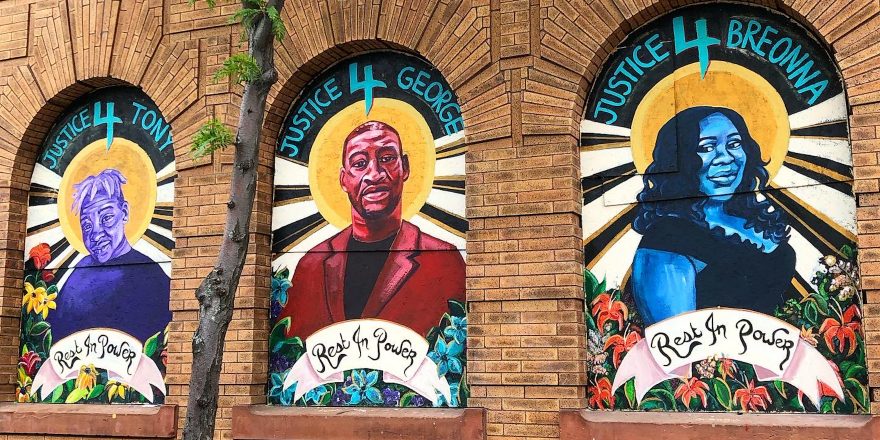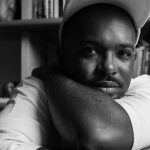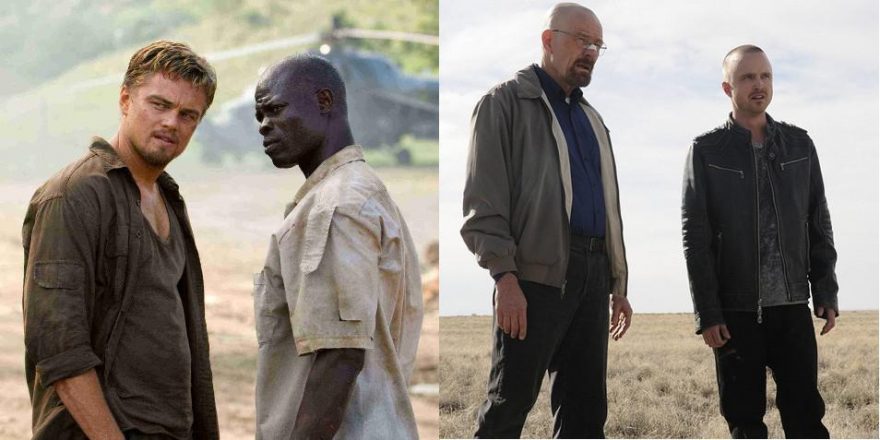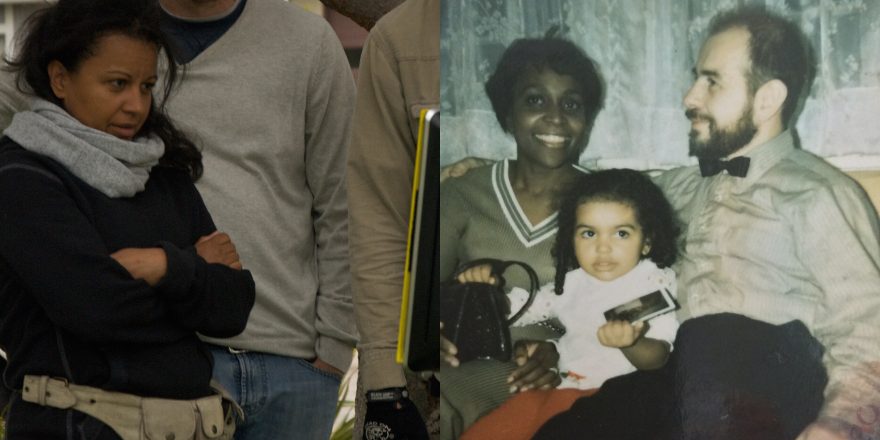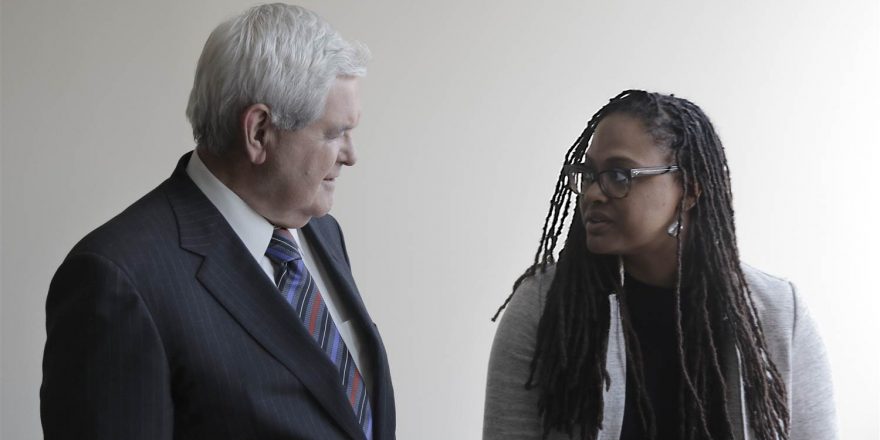At this very moment, our society and the entire world stands on the precipice of what will either be our greatest accomplishment or our greatest failure. The end of systemic racism is possible and absolutely necessary. As I write this, tens of thousands of young people are protesting against police brutality and the corruption that is white supremacy. Simultaneously, Black people and people of color overall are being impacted by coronavirus at rates much higher than their white counterparts. Being Black often feels like being stuck between a rock and a hard place. I cannot overlook the irony that at the peak of quarantine, when our nation learned that POC were most likely to contract and die of coronavirus, so many white folks marched up to the nation’s state houses fully armed to protest against the shutdown. In effect, letting the world know how little Black lives mattered in comparison to their ability to frost their tips and shop freely.
I watched in horror as J. Alexander Kueng, Thomas Lane and Tou Thao stood by as their colleague Derek Chauvin suffocated George Floyd with a knee to his neck, in broad daylight, as onlookers filmed the murder. This is not the first time I’ve seen video of police killing a Black person, but it is the first time I saw our nation erupt with a demand not only for justice but also real systemic change. However, I cannot overlook another irony. In an age when citizens have so many means to film police murdering Black people and police wear body cams, officers can still kill people of color with impunity.
As a filmmaker, I’ve come to the conclusion that violence against Black bodies is a mundane component of our visual culture. Further, the entertainment industry has made a mission of lionizing police as protectors and villainizing Blacks and POC overall as threats. In On Orientalism, Edward Said argues, “There is nothing mysterious or natural about authority. It is formed, irradiated, disseminated; it is instrumental, it is persuasive; it has status, it establishes canons of taste and value; it is virtually indistinguishable from certain ideas it dignifies as true, and from traditions, perceptions, and judgments it forms, transmits, reproduces.” With this in mind, I want to take a look at the film industry and ask, what can we do to transform the imaginations of the world so that we no longer see premature Black death as a mundane component of our shared reality?
Representation is About More Than What Audiences See on Screen
I am really excited and grateful to see new faces, races, bodies and places that have been filtering onto screens in the years since #OscarsSoWhite. However, there must be even more diversity and, dare I say, pluralism. Let’s dispense with the melting-pot worldview which demands that difference be cooked down into so much homogeny so that it’s easier for white people to comprehend. Let’s also dispense with the patronizing view that audiences are only so smart and can only tolerate so much difference. Instead look at the world like a salad bowl. The lettuce and the tomato and the cucumber are OK on their own, but together they make for a really interesting bite.
I’ve lived with the pressure to shave off the unique contours of my experience in favor of an anemic sort of universalism. This pressure exists because literally everybody who has the money to make films and TV that I’ve met are white. And sure, they may be thrilled by my difference and they may be charmed by my experience, but by and large they don’t greenlight projects that reflect those aspects of my identity. So the implicit rule is to err towards the middle to avoid confusing an executive and then try, bit by bit, to ease one’s true identity into the conversation. I cannot overstate how exhausting this is. It would be great if we had an industry where the norm isn’t always Midwestern white America.
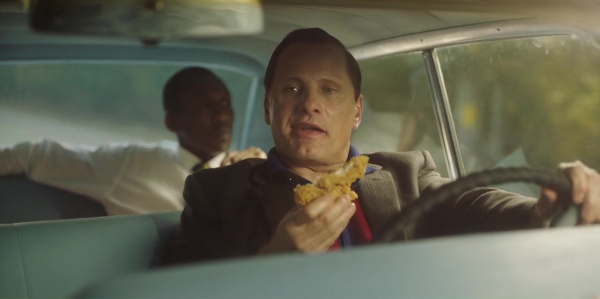
This new pluralistic mentality needs to extend behind the camera, as well. At times, I felt like people are skeptical about the prospect of a Black gay man telling Black gay stories. When we think of the aspirational focus of the medium, it makes sense that the industry would put a premium on artists telling stories out of their own life experience for the sake of bringing different groups of people together. The ruling ideology is one that supposes that only white men can teach other white men how not to be racist (Green Book) or that only straight people have the ability to teach their own how to tolerate queerness (Dallas Buyers Club). That’s the problem. Tolerance is often the goal of this work and acceptance is a vista too far to attain. Does it work? Do these films do the job of helping mainstream America accept difference in such a way that difference is welcomed?
In my lifetime, I’ve lived through Reagan, both Bushes and now Trump. Maybe it is time to prioritize stories from the people most afflicted by systemic oppression and work on helping those stories reach the masses. When in the 125-year history of this medium have we prioritized selling Black stories internationally? Black American culture is widely popular around the globe, but I’ve come to the conclusion that Black films don’t sell because white gatekeepers don’t believe they can sell them. Or don’t know how to sell them. We need to dispense with the self-fulfilling prophecy that white American culture is the only one that is profitable.
I know how to sell my work to my community. I’ve yet to make a studio film. I have, however, created and executive-produced a television series. My House was about the best voguers in the world, in and out of competition. We followed these artists to understand what it meant to be Black and queer today. I had a dedicated crew of collaborators and passionate creative executives who believed in my vision. We worked hard and created something we were all proud of; then it became time to market it. That room was the whitest room of all of the rooms I had to navigate. I sold the show on the promise of bringing a new diverse audience to the network, but discovered executives were more concerned with the network’s core audience of white males, aged 18 to 44. It was explained to me that television is about advertising dollars and this demographic had more money to spend than the demos I wanted to bring in. From what I’ve read, we were the best reviewed show on the network but because our core audience skewed toward women and people of color, we were not renewed.

We need to have a breakthrough in successfully getting Black content on the radar of the masses and an appreciation that women/POC audiences are valuable. At the top of the entertainment business sits a cabal of white men. I acknowledge the change at the bottom and middle of the industry, but at the top it is really stagnant. I am not an executive. I do believe, though, that if there were more progressive radically minded queer people, POC and women at the top of the networks, we would have the brain power needed to overcome this mass audience hurdle. White executives are not used to fighting to be seen the way POC are. An infusion of that by-any-means-necessary energy can only come from people who have skin in the game.
We are in a watershed moment on the festival circuit, when it feels like each major film festival in North America is committed to counting head by head, film by film, the minorities represented to ensure parity. However, the festivals should not have to bear this responsibility alone. Further, I find that minorities are all pitted against one another for limited opportunities. If a filmmaker’s difference is not the trend, then you are left out. Very often I find myself in these wild conversations where filmmakers attempt to out-minority one another for the sparse numbers of golden tickets to the top. Obviously it’s all more complicated than that. There are no guarantees and we all need a helping hand to achieve our filmmaking goals. No matter what, though, we need to aggressively staff radically creative and progressive non-white people throughout the industry to create parity.
We Must Create Space for Left-of-Center Radical Political Representation in Our Medium
There is a dearth of radical leftist perspectives in mainstream film and television. This is a historical problem. In his essay “Little Shopgirls Go to the Movies,” Siegfried Kracauer argues that cinema can never be a radical art form because the people who have the power to produce it very often are those from the ruling classes. The digital revolution has leveled the playing field to some extent, however, when it comes to the representation of leftist points of view, very often audiences are given more centrist views that are meant to inform without offending. You cannot change the hearts and minds of people without offending them. The medium has avoided educating the masses toward alternatives to the current system of constant-growth capitalist exploitation. The assumptions of past generations appear to be irrelevant now. Namely, the notion that white audiences are always already uncomfortable with the prospect of Black empowerment without white saviors. Instead of aggressively pushing back against unconscious bias, our industry prioritizes white fragility and in turn perpetuates systemic racism. Worse yet, this focus on the impact of the art form on white audiences denies POC the opportunity to expand their notions of self-empowerment beyond white respectability.
This summer, we’ve seen tens of thousands of young white people march against white supremacy, led by the Black revolutionary leadership. This is not the first time this has happened in our history. Yet the entertainment business in America does not depict this reality nor the possibility of a world where whites can dismantle white privilege. We see so many films where sage Black characters gently nudge their white tormentors to walk away from their racists beliefs. We always see magical negro slave tales where the enslaved don’t use their magic to free themselves but do use it to free white people of the guilt of their complicity in the degraded condition of the servile magical negro. This is dangerous because racism is about more than what people believe. This generation is deeply bothered by all vestiges of systemic racism and Hollywood has consistently visualized the unspoken rules that make it seem like racism is part and parcel of a safe world.
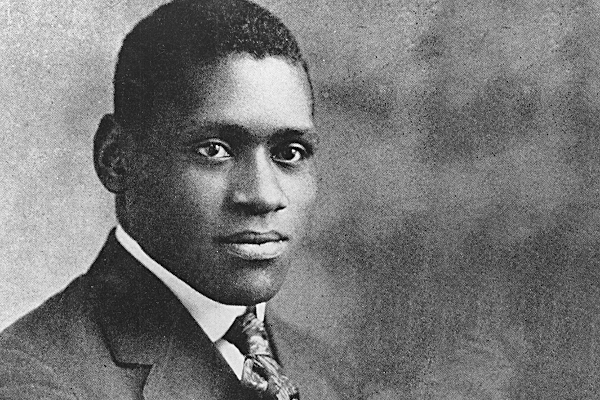
We need to see stories about the heroism and ingenuity of oppressed people on their own. We need to see these stories from the perspectives of the POC fighting against the system. We need to teach audiences how to root for Black self-determinism even when white characters aren’t central or even present. We need to see the stories of Fannie Lou Hamer, Claudia Jordan, Frantz Fanon, Paul Robeson, Fred Hampton, and so many other luminaries who have informed progressive thought for decades, if not centuries. Anti-Blackness in Hollywood needs to end. The first step is to allow for the depiction of radical Black heroes who fight systemic white supremacy and win.
At the root of every major problem in the world is the prioritization of property over people. I’ve seen countless stories meant to inspire me to buy into the system. Black football orphans who run from America’s crackhouses onto the NFL playing field with the support of white saviors. We’ve seen the maid or the pauper who is rescued from a poor and lonely life by a benevolent prince. International white spies who are able to just drop into any community of color and dictate the new normal. Even in entertainment media, there is little to no critical engagement with Black-fishing white celebs. We don’t interrogate white celebrities when they adopt children outside of their race. It’s a constant supply of images and concepts that valorize mindless consumption of people of color as a pastime, demonize any notion of Black consciousness, and the endless celebration of the supposed dignity of white saviors. We need to reform the collective consciousness of the Western world. We in the creative industries need to expand the political lexicon of the masses and we must do so without concern for any notion of white fragility. There must be a distinction between art that uplifts marginalized communities and those stories that empower them. We must shake off the notion that power justifies itself.
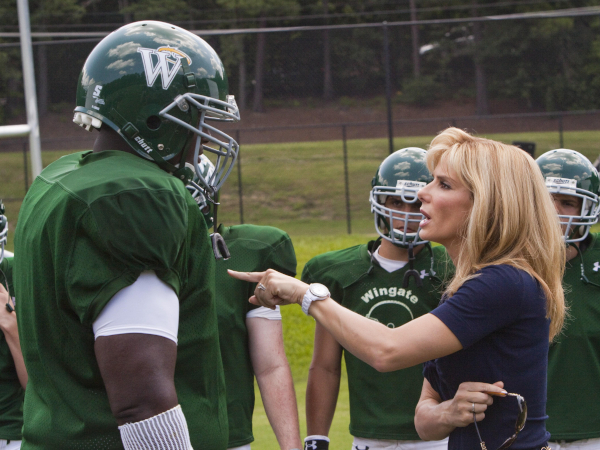
Our society is in a fight for its soul. We cannot be afraid of backlashes and we must prioritize new gazes besides the white one. The sense of American exceptionalism, the seemingly endless supplication to patriarchy, the idea of white superiority over anything non-white, this all has to be challenged. I’m not expecting projects to be made into infomercials for Marxism or Afrocentricity, but I do think that the Eurocentric point of view must be obliterated. Stories that feature aspirational themes outside of capitalist white supremacy are long overdue. Each one of us understands that audiences want to be transported from the drudgery of their everyday lives. However, we need to support stories that do so in a revolutionary way.
I’ll never forget Occupy Wall Street. It felt like all of a sudden the world had figured out the great big secret and that soon we would all be free. The one percent dictate the oppression of the 99 percent. At the time, I was just beginning my journey into filmmaking. I was curious to know what this medium could do to change hearts and minds enough so that these seemingly intractable systems of power could recede just enough to allow for a renaissance of humanity. Now as my career sits on the precipice of great things, I realize that the same one-percent that protestors were organizing against during Occupy is now at the top of the film industry.
One thing that is clear in this current uprising against systemic racism and coronavirus pandemic is that the one percent hold an opportunity to end the oppression carried out in the defense of their power. The end of this oppression is the only thing that will save the planet, because what we must do is challenge the mindless exploitation of resources, both material and ephemeral. We in the film industry have a responsibility to use this medium to deconstruct power in the mind of the audience so that they can deconstruct this power in the world we live in. I am asking those at the top of the industry to loose themselves of the fear of the unknown and to forge a new public imagination capable of satisfying/informing our collective desire for revolutionary change.
We Must End the Culture of Cancellation That Targets Radical Black Artists
History is littered with incredible Black filmmakers, artists, entertainers, athletes and public figures of all sorts who made the mistake of taking radical stances against white supremacy and for Black people. By radical, I mean they highlighted the racism African Americans suffered and held their white audiences accountable to do better and to do more to dismantle the privilege they enjoy as a result of certain historical advantages. From Paul Robeson to Harry Belafonte, from Martin Luther King Jr., Malcolm X and Dick Gregory, to Lauryn Hill, Colin Kaepernick, Mahmoud Abdul-Rauf and so many others, they were exiled, murdered or choked out of popular culture for daring to have a pro-Black stance. Worse yet, their complicated and nuanced points of view were boiled down to them being anti-white and thus untrustworthy. These people used their platform intentionally to advance the status of Black people and to diminish white supremacy (structural racism). They were all duly punished.
I remember growing up, my mother would warn me to keep my intellect to myself around white people. She warned me that I would be safer in this white man’s world as long as white men and women felt comfortably superior to me. On the other hand, the history books are stuffed to the gills with Black celebrities and public figures who were able to do this dance. They understood that being the exception to the rule was the only rule. They understood that in the mainstream public American imagination, Black life could only matter insofar that it is exceptional to the white gaze. In other words, if white people are willing to pay to see you, then you deserved to exist. Black folks who can sing, dance, act, and by all accounts entertain did so for the white gaze. By virtue of being African American, they represent diversity. However, that representation is understood to be only skin deep.
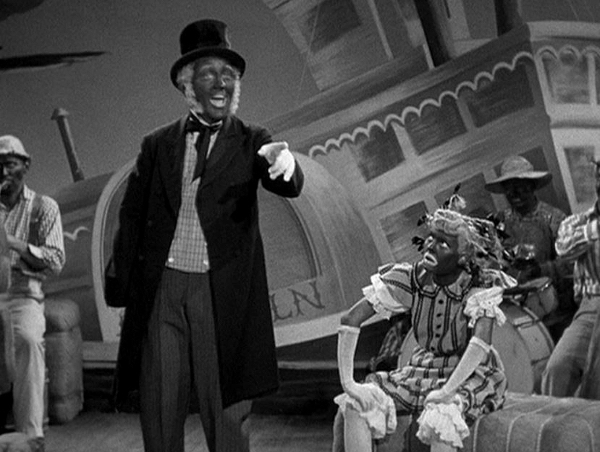
It is widely known that the chief export of the United States is culture and that African Americans are the drivers of this cultural commodity. Our music (spirituals, gospel, blues, jazz, rock & roll, hip hop, house), style, minds, agricultural acumen, and our actual bodies, long considered objects of fascination, transformed into whole industries in and of themselves in the first decades of the 20th century. Take the minstrel era, for example. At first it was illegal for blacks to perform as themselves for public consumption. Instead, we had white folks playing us their faces painted with burnt cork. Our features the basis for the grotesque comedy that is the Black figure in the white imagination. Big red lips that look as succulent as they do buoyant. Pleading eyes seductively dance to and fro in anticipation of a strike from an omnipresent master. What does it mean? The entertainment industry is a funhouse mirror that shows its audience an aspirational version of itself.
We’ve aspired to be a culture where white supremacy could remain the law of the land, and to achieve this Hollywood was a consistent reminder of the Negro’s rightful place at the bottom of the totem pole. In the first half of the 20th century, Black characters were portrayed in a constant state of fear. In the wake of the civil rights movement, Blacks were depicted as murders, drug dealers, whores and thieves. The story of race is one where Blacks only existed as service providers on the margins of the white world. In the strange instance where they were central, they were figures of torment, ecstasy or just plain magic. And thus another truism is born: fear, repulsion and fetishization were the lenses through which the mainstream could comprehend the notion for Black life. Contemporaneous to the development of a Black entertainment class was a terroristic violent backlash against the emancipation of African Americans waged by the KKK, the State Department, and private institutions in the United States and throughout the world. Where does this history leave the modern Black celebrity?
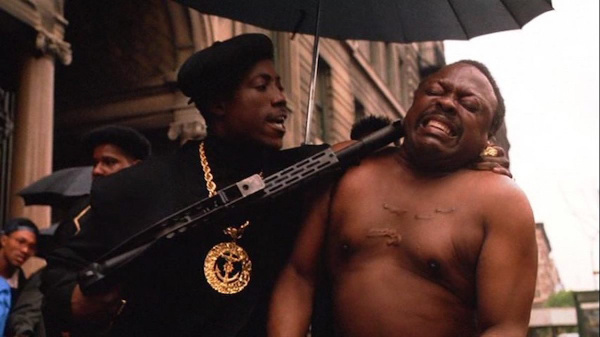
It is more profitable for Black figures to advocate that other Blacks follow their example and pull themselves up by their bootstraps to achieve the American dream. They ignore or gloss over any notion that their white audience has a responsibility to interrogate their own privilege and to consider that Black plight is the result of that same privilege that their white audience is born into. Take, for example, the black comedian. Dave Chappelle is a genius and one of the most brilliant minds our business has ever created. He has taken up a torch that many of his generation have totally left unattended by constantly challenging the power structure that makes him a celebrity. Radical Black political perspective was de rigueur for Black comedy until the 1980s, when we saw one major Black comedian (Bill Cosby) cross over into mainstream (white) popularity and denounce any notion of political accountability on behalf of their white audience. Worse yet, Black celebrities often make it a point to disavow any notion that their work even needs to be seen as political at all. By dancing around the topic of their race, white supremacy and white complicity, they are able to capitalize as both representations of Black identity and a balm to white fragility. This is a lucrative sweet spot that mimics the limited access and opportunity for Black self-determination in the larger culture and economy. With these historical examples in mind, I think it is time for the film business to face its own anti-Black racism from a structural point of view. Namely, we must move beyond a mission to diversify and into a mission of reparations.
In the wake of the protests over the murders of George Floyd, Breonna Taylor and Ahmaud Arbery, people around the world have said “enough” to structural racism. The watershed moment we currently enjoy fills me with great optimism, but also some dread. Never in my lifetime have I seen so many non-Black people advocating to end structural racism. Let’s not forget that in 2008 and 2012, Barack Obama ran and won the presidency rooted in a strategy that prioritized color blindness as a logical evolution of the civil rights movement. Many people equated his victory with the end of racism. Then and now, I realize that one of the reasons white folks – and really the left, in general – have such a hard time connecting conscience to political purpose is the suppression of radical Black thought.
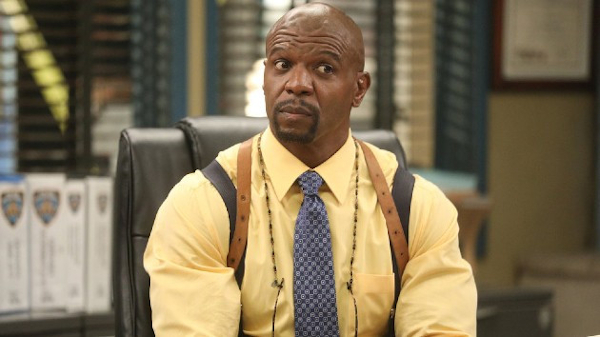
While the moment we experience feels new, it is really about the completion of the work left behind after the assassinations of Martin Luther King Jr. and Malcom X. When both leaders came to the realization that it was time to unify the interests of poor whites and poor Blacks, they were terminated. Even today as so many supposed liberal thinkers chide protestors for using violence to advance their goals, they bring up King’s legacy as a non-violent protestor. I’m thinking of celebrities such as Terry Crews. This argument is a perversion of the legacy of Dr. King. He was a supporter of self-defense, but understood that for a revolution to happen, whites needed to be reminded of the humanity they shared with Blacks. Further, the government attacked King and his supporters with hoses, rabid dogs, and murderous police to scare good hearted people back into submission. Finally, Martin Luther King Jr. was assassinated. The question is, why do those of us who consider ourselves to be on the right side of history get it wrong? Why is it that poor whites in America are terrified of those different from them?
The answer is Hollywood. It is time we acknowledge the debt this industry owes the Black audience for crafting images that to many justify our inhumane treatment. The fact is that until the very recent past, Hollywood has been the major contributing factor in the dumbing down of America overall and driving fear of the other. The gatekeepers at various levels of our industry pride themselves on knowing what the public will or won’t be ready for when it comes to the depiction of difference. What frustrates me most is that many of these individuals act as though they temper the American taste palette as a benevolent act meant to appease a burdened mass culture interested in escape from the drudgery of their day-to-day lives. We show the masses a fantasy world where people are perpetually rich, straight and white, and where dreams can come true for those who aspire to inhabit those spaces.
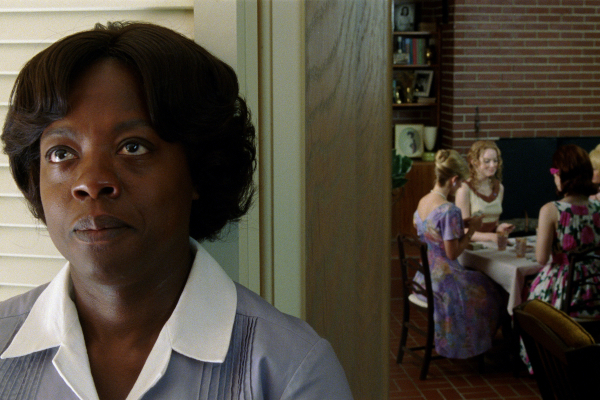
In reality, Hollywood – like every other business in the United States – is driven by a profit motive. What if a film is predominantly white? What if a popular franchise has a homophobic joke or two? What if the franchise features people of color in servile or degraded roles? What if the women in the film are only important insofar as the male character’s desirous gaze? Where are people with disabilities? Where are trans folks who just live their lives and are not the target of heterosexual violence? Well, if it makes money, then it makes sense. I understand that we are in show business, but to prioritize business at the exclusion of new voices is not only boring, it’s also thoroughly the status quo. People of color, LGBTQ folks, disabled folks and pretty much everyone else in our society who is not a straight white male is used to being sidelined.
In the industry meetings I’ve had, it seems that gatekeepers believe that whoever is in your film is the audience that will show up. Fill a movie with white characters, then the majority of the population is expected to be interested. Fill the film with others, and the assumption is that you have a limited audience. This is a self-fulfilling prophecy. Films and TV shows that feature the other are consistently underfunded for marketing and other forms of outreach. It’s time to challenge audiences to see the world in new ways. It is time to give people of color a sense of the power they hold within and to do so we must dispense with any notion of the supposed inferiority of non-white people. Many white folks think they understand Black people because of the film and television industry. Many Black folks and people of color believe the limitations placed on characters of color are the ceiling of what’s possible in real life. Seeing is believing, and it is time for the masses to see different things.



